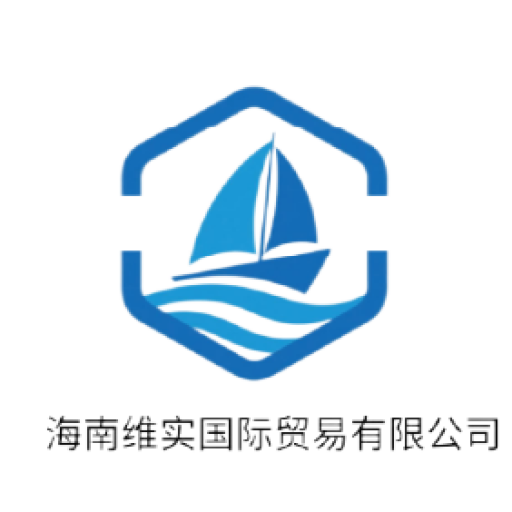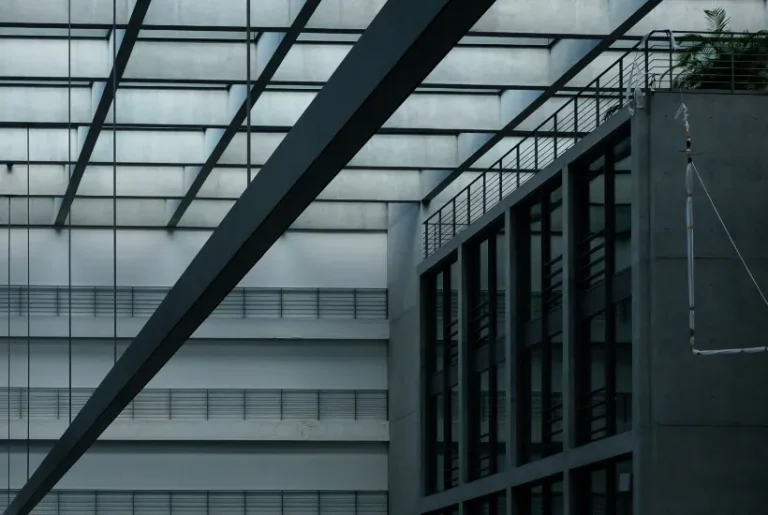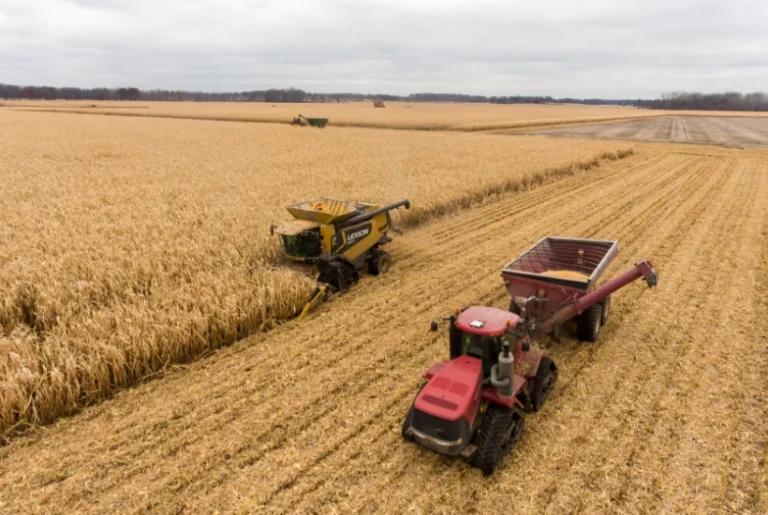Copper is an excellent conductor of electricity and is widely used in the manufacture of wires and components. The purification of copper is a form of recycling. Copper is further purified through electrolysis, a process known as copper electrolytic refining.
I. Why Electrolyze Copper?
Copper is an excellent conductor of electricity and is widely used in the manufacture of wires and components. The purification of copper is a form of recycling. Copper is further purified through electrolysis, known as copper electrolytic refining. The production of electrolytic copper takes place in large electrolysis tanks filled with copper electrolyte solution. Even the best chemical methods cannot remove all impurities from copper, but through electrolytic refining, it is possible to produce 99.99% pure copper (regardless of the method used to produce copper from ore, the final purification is done through electrolysis).
II. Principles of Electrolytic Copper
Rough copper (containing 99% copper) is pre-made into thick plates to serve as the anode, while pure copper is made into thin sheets to serve as the cathode. The two electrodes are placed in a solution of sulfuric acid and copper sulfate (an electrolyte solution through which ions can pass). When electricity is applied, copper dissolves from the anode as copper ions (Cu) and moves toward the cathode. Upon reaching the cathode, the ions gain electrons and precipitate as pure copper (also known as electrolytic copper). Impurities in rough copper, such as more reactive iron and zinc, will also dissolve into ions (Zn and Fe) along with copper. Since these ions are less likely to precipitate compared to copper ions, by appropriately adjusting the potential difference during electrolysis, it is possible to prevent these ions from precipitating at the anode. Less reactive impurities, such as gold and silver, settle at the bottom of the electrolysis tank. The copper plates produced in this manner are known as “electrolytic copper.”
III. Major Copper-Producing Countries in Africa
Copper Mining in the Democratic Republic of the Congo
The Democratic Republic of the Congo (DRC) is the largest copper producer in Africa and the fourth largest producer of copper in the world. In 2019, the DRC’s copper production totaled 1.3 million tons.
Most of the country’s copper operations are located in the Katanga province, which is known for its rich mineral resources, and it also includes mining operations for cobalt, tin, uranium, and diamonds. Katanga is situated in the Central African Copperbelt, which is the largest and most productive copper mineral deposit belt in the world.
The DRC focuses on copper mining while also globally advocating against unsafe working conditions and the use of child labor in artisanal mining. At the same time, due to increased taxes on mining companies by the DRC government, the industry is likely to face supply shortages. One of the world’s largest copper producers, Glencore, operates two major copper-cobalt mines in the country: Katanga and Mutanda, both of which produce copper and cobalt hydroxide.



